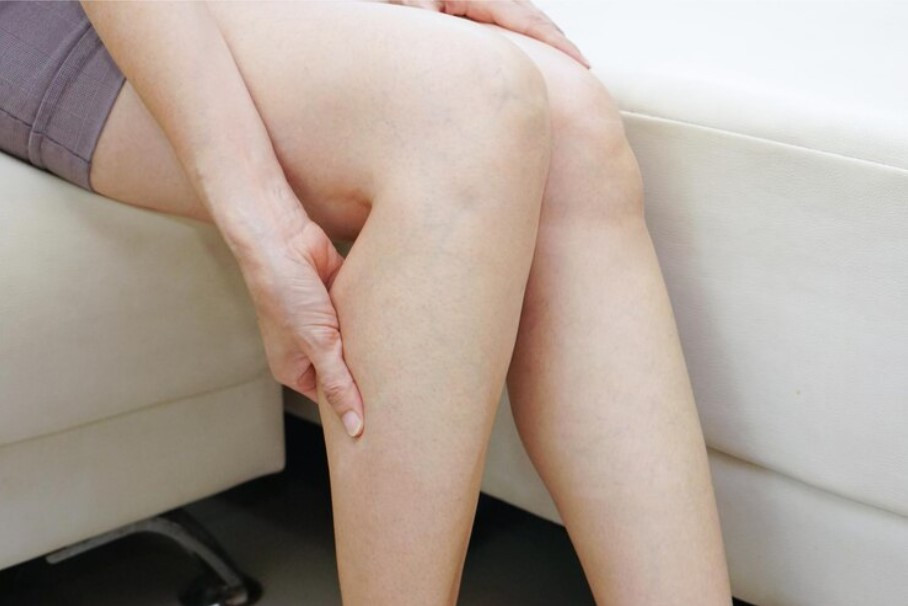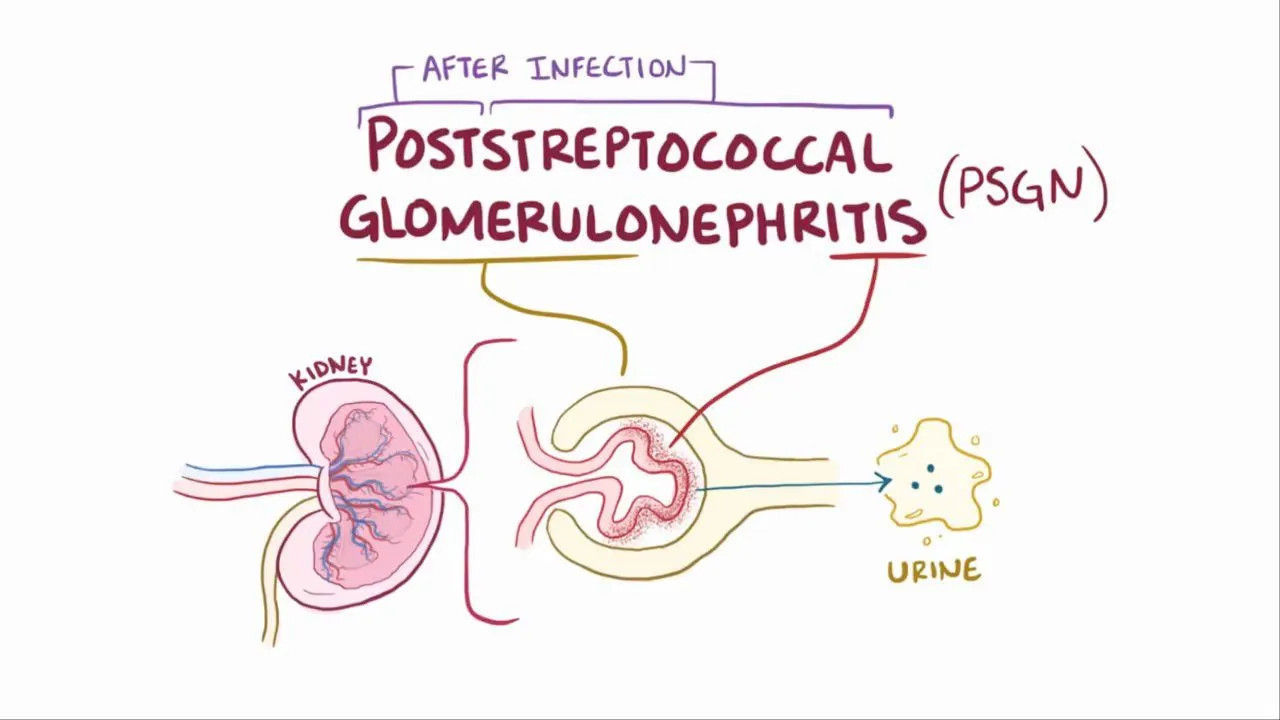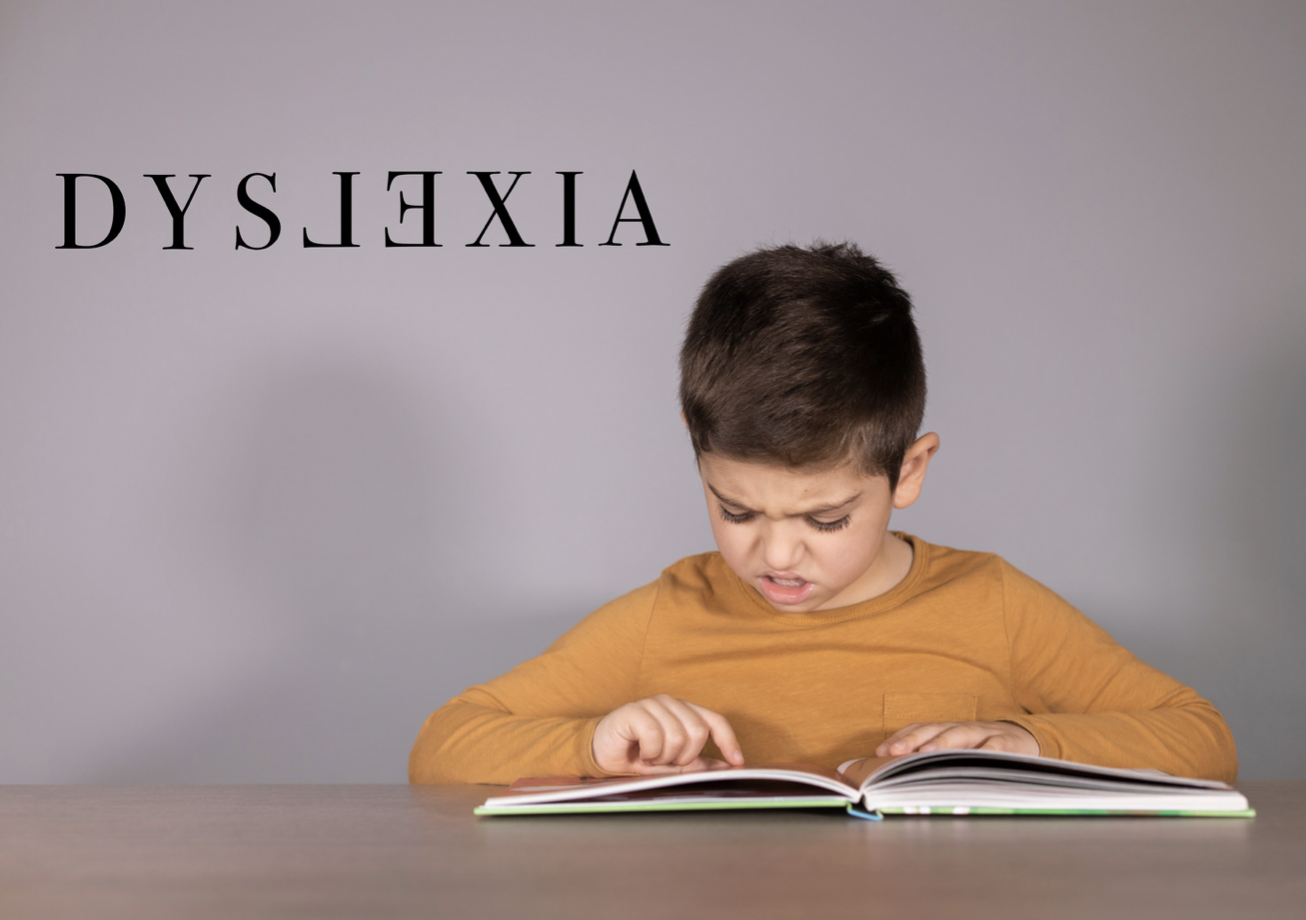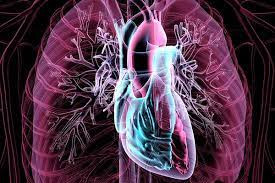Definition
Growing pain is a distressing sensation characterized by aching or pulsating pain, typically experienced in the lower extremities of children and, infrequently, in the upper limbs. Growing pain typically manifests in children between the ages of 2 and 12, with onset commonly observed around ages 3 and 5.
Growing pain symptoms are typically diagnosed as exclusionary, meaning they are identified following suspicion of other medical conditions. Growing pains are usually attributed to pain originating from the musculoskeletal system. Typically, growing symptoms manifest in the evening or late afternoon, manifest in both legs and resolve by morning.
If the pain is extremely intense, it can wake a child from sleep. This incident has the potential to happen every single day but often takes place briefly. Despite its name, growing pain is unrelated to a child's physical growth. Typically, the pain experienced with growth ceases as children enter puberty. Nevertheless, pain resembling the pain experienced during growth might persist until maturity.
"Growing pain" refers to muscle pain that is mostly harmless and arises from either excessive muscle activity or severe cramping. Nevertheless, it may indicate the presence of other conditions, such as arthritis or shin splints.
Causes
The etiology of growing pain remains unknown, and no empirical data supports its association with growth. Multiple hypotheses are considered to be the underlying cause of growing pain, including:
- Researchers estimate that increased physical activity can lead to the excessive activation of muscles in children, resulting in discomfort.
- Multiple studies indicate that children experiencing growing pains exhibit a decreased capacity to endure pain. These children show a predisposition to experiencing headaches and abdominal pain.
- Children who experience growing pain also have flat feet and flexible joints (hypermobility). Hypermobility may result in developmental pain.
- Children who experienced growing symptoms had weaker bones, which one study suggested could be due to a deficiency in vitamin D.
Factors Risk
Young children and school-aged children frequently experience growing pain. Girls have a slightly higher prevalence of this condition. Daytime activities such as jumping, climbing, and running may increase the risk of developing foot pain at night.
Symptoms
Children have growing pains in their lower extremities, specifically in the thighs or behind the knees, which impact both body areas. Certain children might experience intermittent symptoms for extended periods, ranging from a few days to several months or even years.
This pain does not affect the majority of children daily. The pain that appears at night or in the evening may awaken children. Growing pains will stop in the morning without any discomfort or rigidity. This discomfort typically manifests on days with increased levels of physical activity.
Every child uniquely experiences growing pain. Legs will typically experience severe cramping or pain. There may be moderate-to-severe pain. While some children may experience growing pain for only a few minutes, others may endure it for hours. It may manifest at different times, with interruptions between episodes lasting from days to months. Some children may have daily episodes of growing pain.
Diagnosis
At present, there is no diagnostic test available for identifying increasing pain. The pediatrician will conduct a comprehensive physical assessment of the child, inquire about the child's medical background, and gather information regarding the symptoms your child is encountering. The pediatrician will inquire about the specific site of your child's pain, its onset, and the activities your child engaged in on the day of its occurrence.
If your child engages in physical activities such as sports, exercise, running, or jumping during the day, your doctor may diagnose your child with growing pains. Excessive daytime activities may be the cause of nocturnal pain.
Generally, growing pain manifests bilaterally in a child's body and tends to resolve by morning. If your child feels unilateral pain and/or wakes up in the morning with pain or stiffness, your doctor may suggest additional laboratory testing or imaging investigations to investigate potential sources of pain.
If your child experiences growing pain, the doctor will not recommend additional physical, blood, and X-ray assessments.
Management
There is no targeted therapy available for growing pains. The pediatrician will propose multiple strategies to help your child manage the pain. Several therapeutic interventions recommended by pediatricians involve the following:
- Massage the painful area
- Stretch the muscles
- Apply a warm pad to the painful area
- Administer analgesics, including paracetamol, ibuprofen, or naproxen.
- Enhance physical activity
- Improve hypermobility abilities with physical therapy
- Wearing orthotics (shoe inserts) if the child has flat feet.
Even though they cause discomfort in children, growing pains are not life-threatening. This condition is typically self-healing and will not result in significant health complications.
However, if the pain occurs frequently, it may cause problems with daily activities. Growing sensations may also result in absences from school, decreased physical activity, and morning sleepiness. Consult a pediatrician for the optimal treatment for your child's growth pains.
Complications
The potential problems associated with growing pains remain unknown. The phenomenon of growing pain can naturally resolve itself as time progresses.
Prevention
While it is not possible to entirely prevent the progression of pain, some measures can be implemented to minimize its intensity, such as:
- Encourage children to take short breaks while exercising.
- Participate in other sports and activities that require your child to exercise other muscles in their body.
- Use warm water before bathing to reduce muscle aches and pains.
When to see a doctor?
When considering a visit to the doctor, it is important to note that growing pain is typically experienced in both legs. If you experience pain in one of your legs, it could indicate a significant medical condition. Therefore, it is important to notify your doctor if you encounter this symptom.
Remember that growing pain impacts muscles, not joints, so it does not cause limping or fever. Moderate growing pain is normal. See your doctor immediately if the pain develops into other symptoms, such as:
- Severe pain
- Fever
- Muscle lump
- Gait impairment
- Red-colored urine
- Unimproved or worsening swelling after 24 hours
Want to know more information about other diseases? Click here!
Growing Pains (2021). Retrieved 06 February 2023, from https://www.mayoclinic.org/diseases-conditions/growing-pains/symptoms-causes/syc-20354349
Growing Pains. (2022). Retrieved 06 February 2023, from https://www.webmd.com/children/guide/growing-pains
Growing Pains. (2021). Retrieved 06 February 2023, from https://my.clevelandclinic.org/health/diseases/13019-growing-pains
Leg Pain. (2021). Retrieved 06 February 2023, from https://medlineplus.gov/ency/article/003182.htm
Growing Pains. (2022). Retrieved 06 February 2023, from https://www.nhs.uk/conditions/growing-pains/
Everything You Need to Know about Your Child’s Growing Pains. (2019). Retrieved 06 February 2023, from https://www.healthline.com/health/growing-pains











